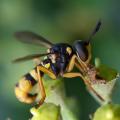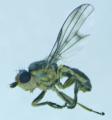Diptera.info :: Identification queries :: Diptera (adults)
Who is here? 1 guest(s)
|
Heleomyzid from mushroom, Suffolk for ID, please
|
|
| Martin Cooper |
Posted on 14-01-2015 15:32
|
|
Member Location: Ipswich, Suffolk Posts: 628 Joined: 01.05.12 |
This fly raised from a larva found in a Mycena (Bonnet) mushroom in a park in Suffolk, UK. Three maggots were found on 26 Nov 2014. They pupated around 17 Dec 2014. This fly emerged on 11 Jan 2015 and it was killed on 13 Jan. I'll share photos of the fly, pupae, maggot and the mushroom. Please help me identify this specimen. The wing length is about 5mm. If some features are not visible in the photos, please let me know and I will try to capture them. Best wishes, Martin First, a dorsal view Martin Cooper attached the following image:  [143.34Kb] |
|
|
|
| Martin Cooper |
Posted on 14-01-2015 15:32
|
|
Member Location: Ipswich, Suffolk Posts: 628 Joined: 01.05.12 |
lateral
Martin Cooper attached the following image:  [141.57Kb] |
|
|
|
| Martin Cooper |
Posted on 14-01-2015 15:33
|
|
Member Location: Ipswich, Suffolk Posts: 628 Joined: 01.05.12 |
pupae
Martin Cooper attached the following image: 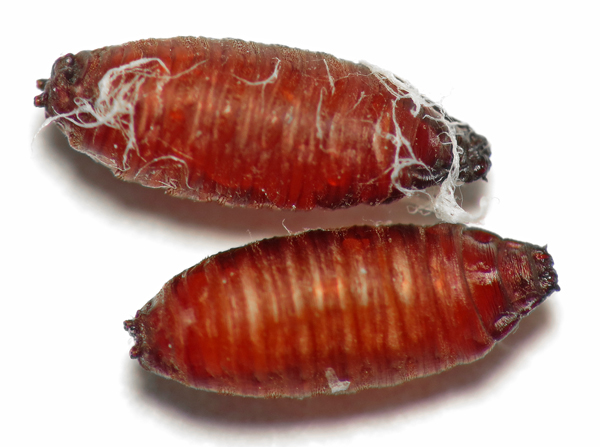 [152.52Kb] Edited by Martin Cooper on 14-01-2015 15:34 |
|
|
|
| Martin Cooper |
Posted on 14-01-2015 15:34
|
|
Member Location: Ipswich, Suffolk Posts: 628 Joined: 01.05.12 |
larva
Martin Cooper attached the following image: 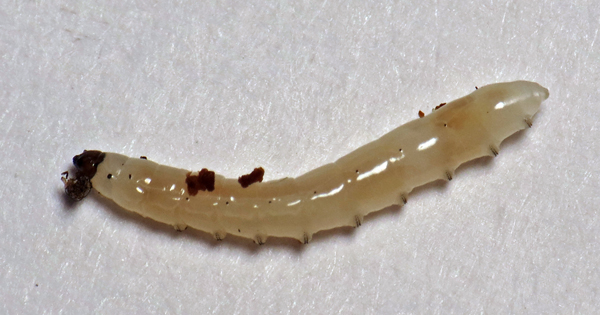 [147.47Kb] |
|
|
|
| Martin Cooper |
Posted on 14-01-2015 15:37
|
|
Member Location: Ipswich, Suffolk Posts: 628 Joined: 01.05.12 |
and last but not least, the mushroom where I found it
Martin Cooper attached the following image: 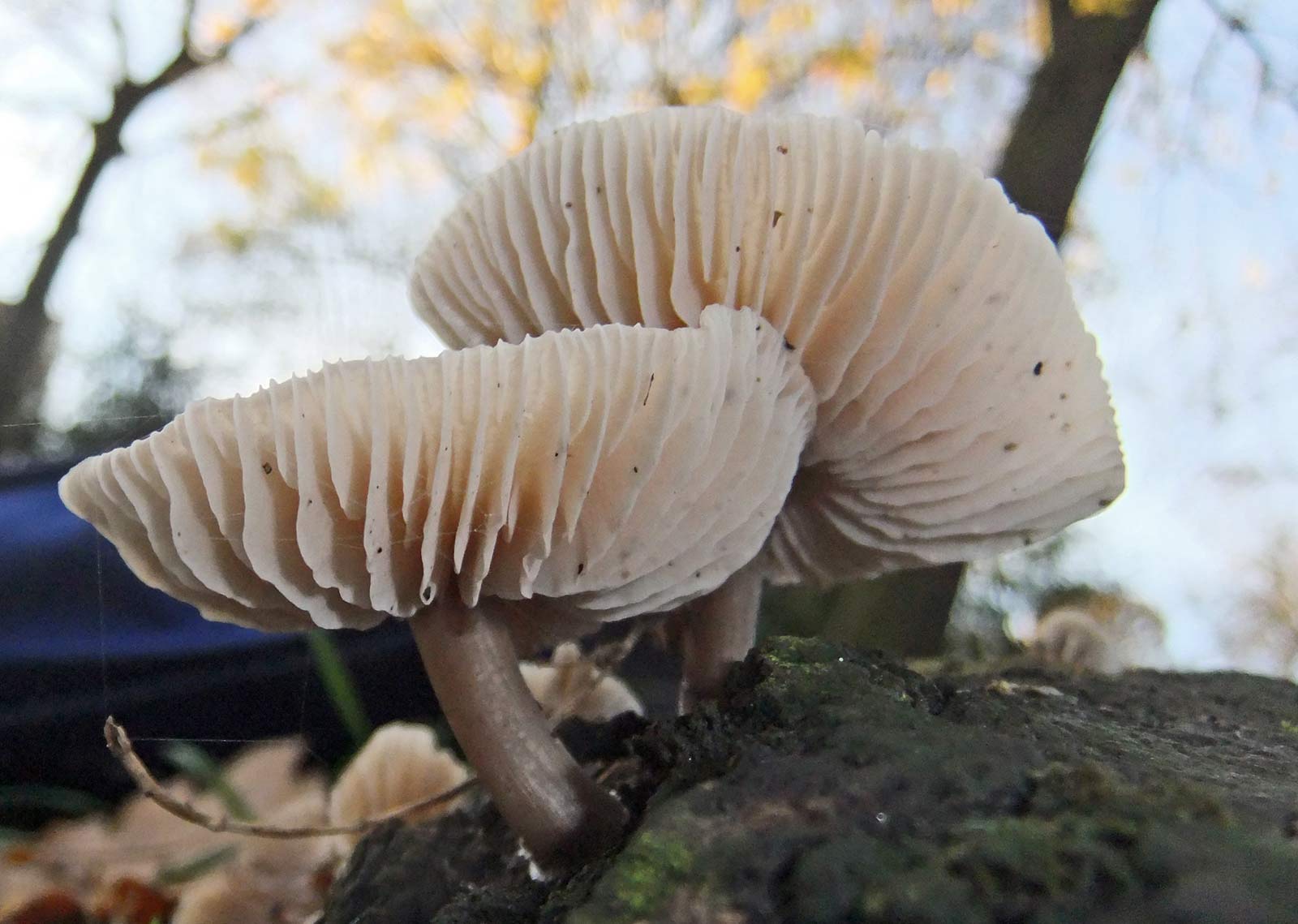 [136.67Kb] |
|
|
|
| Tony Irwin |
Posted on 14-01-2015 20:59
|
|
Member Location: Norwich, England Posts: 7236 Joined: 19.11.04 |
The fly and puparia are Suillia (not sure which species - being female and slightly teneral makes it difficult). The larva is that of a mycetophilid (note the well-developed head capsule).
Tony ---------- Tony Irwin |
|
|
|
| mossnisse |
Posted on 14-01-2015 23:26
|
|
Member Location: Sweden, Umeå Posts: 442 Joined: 19.01.12 |
I think Sulia nigricornis is the only species with that dark antenna |
| Martin Cooper |
Posted on 15-01-2015 01:18
|
|
Member Location: Ipswich, Suffolk Posts: 628 Joined: 01.05.12 |
Tony, Does that mean the larva isn't the one that turned into this fly. I did find a rather squashed specimen of a different species in the container with the fungus. Maybe that was the Mycetophilid adult? mossnisse, I can't find a S nigricornis, but there is a S atricornis in the UK list. But that species has humeral seta according to Phil Withers key to British Suillia... Edited by Martin Cooper on 15-01-2015 01:19 |
|
|
|
| Tony Irwin |
Posted on 15-01-2015 12:48
|
|
Member Location: Norwich, England Posts: 7236 Joined: 19.11.04 |
The larva you photographed is Mycetophilidae. Heleomyzidae larvae are more like a typical maggot, with a pointy head end, blunt "tail" and no well-developed head capsule. Do send me a photo (or specimen) of the squashed thing - if it's a male, we should be able to get a species name on it.
Tony ---------- Tony Irwin |
|
|
|
| Andrzej |
Posted on 15-01-2015 13:11
|
|
Member Location: Poland Posts: 2371 Joined: 05.01.06 |
female of Suillia sp. Helomyza nigricornis is a synonym of Tephrochlamys rufiventris. Andrzej
dr. A. J. Woznica, Institute of Environmental Biology, Wroclaw University of Environmental & Life Sciences |
|
|
|
| Martin Cooper |
Posted on 15-01-2015 23:03
|
|
Member Location: Ipswich, Suffolk Posts: 628 Joined: 01.05.12 |
Thanks Tony. I'll post a couple of photos of the (remains of) the Mycetophilid adult as a new topic, Thanks Andrew, I've sent you a pm. |
|
|
|
| Martin Cooper |
Posted on 30-01-2015 00:01
|
|
Member Location: Ipswich, Suffolk Posts: 628 Joined: 01.05.12 |
Another fly emerged from the remains of the mushroom. I found it on 19 Jan and provided it with diluted honey as previously suggested. Here are photos of the adult taken through the glass of the jar.
Martin Cooper attached the following image:  [193.75Kb] |
|
|
|
| Martin Cooper |
Posted on 30-01-2015 00:01
|
|
Member Location: Ipswich, Suffolk Posts: 628 Joined: 01.05.12 |
I think this second adult is male. Is that right?
Martin Cooper attached the following image: 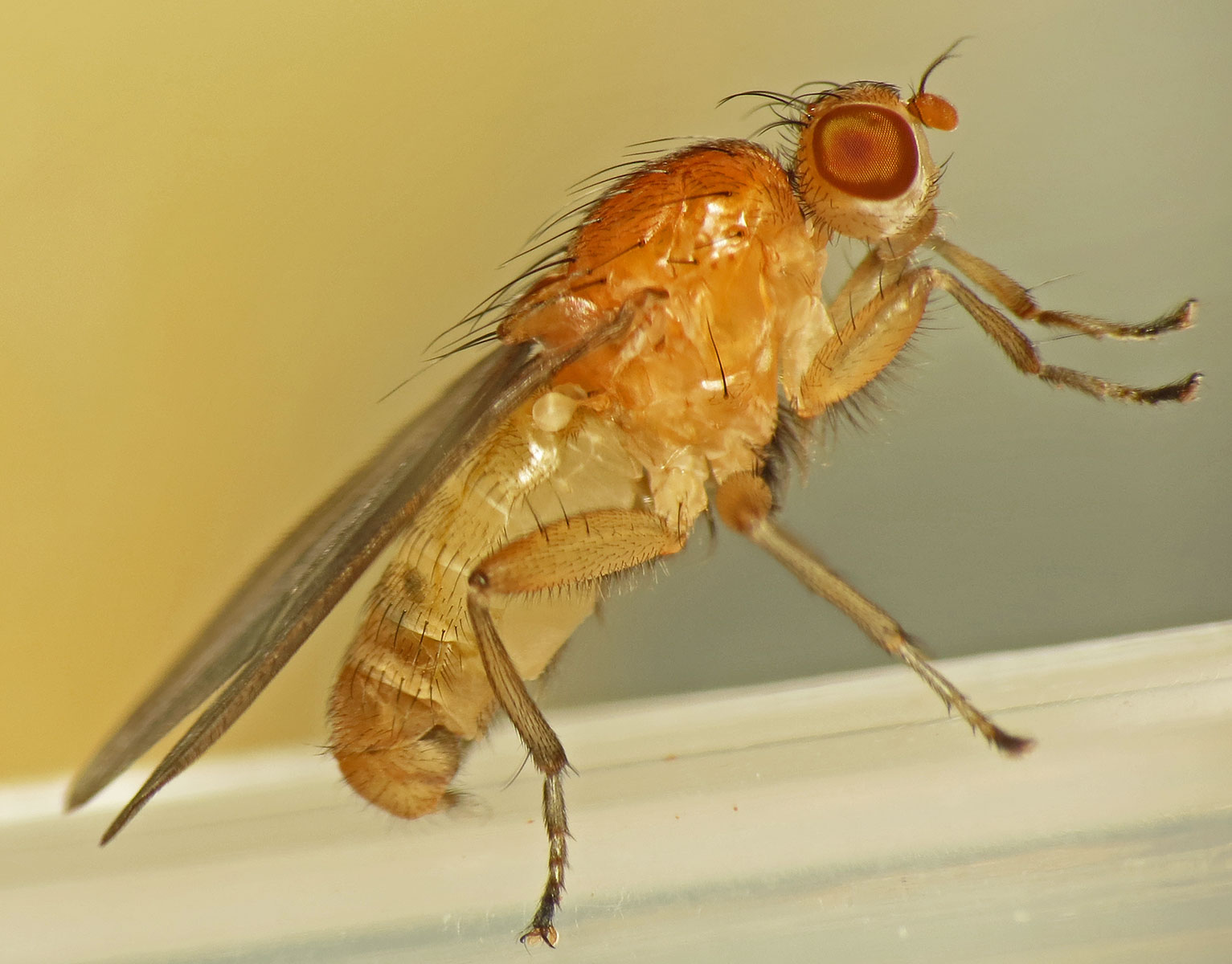 [197.36Kb] |
|
|
|
| Martin Cooper |
Posted on 30-01-2015 00:03
|
|
Member Location: Ipswich, Suffolk Posts: 628 Joined: 01.05.12 |
I killed the fly on 21 Jan. here are some photos of the pinned specimen.
Martin Cooper attached the following image: 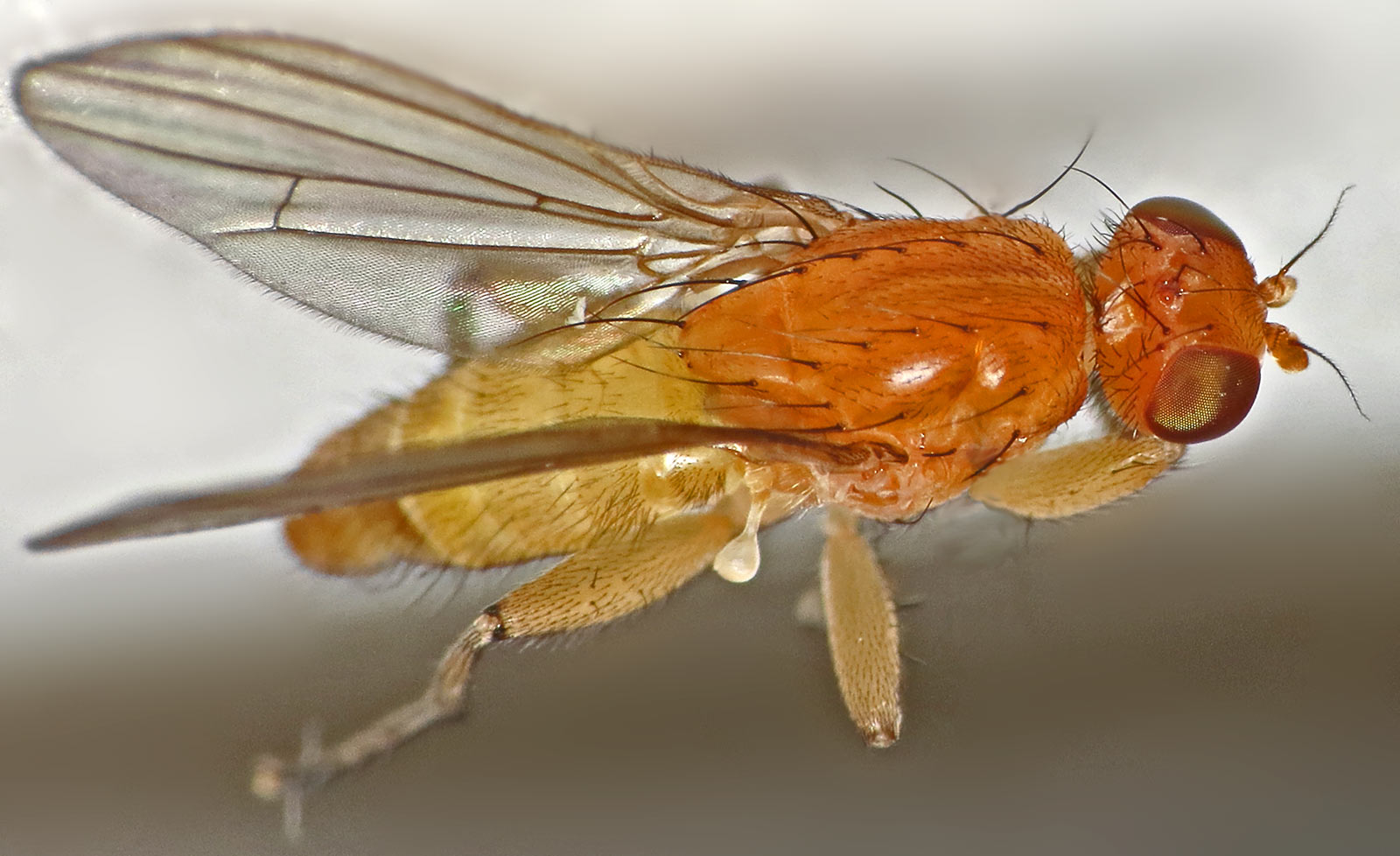 [187.43Kb] |
|
|
|
| Martin Cooper |
Posted on 30-01-2015 00:03
|
|
Member Location: Ipswich, Suffolk Posts: 628 Joined: 01.05.12 |
face and front legs
Martin Cooper attached the following image: 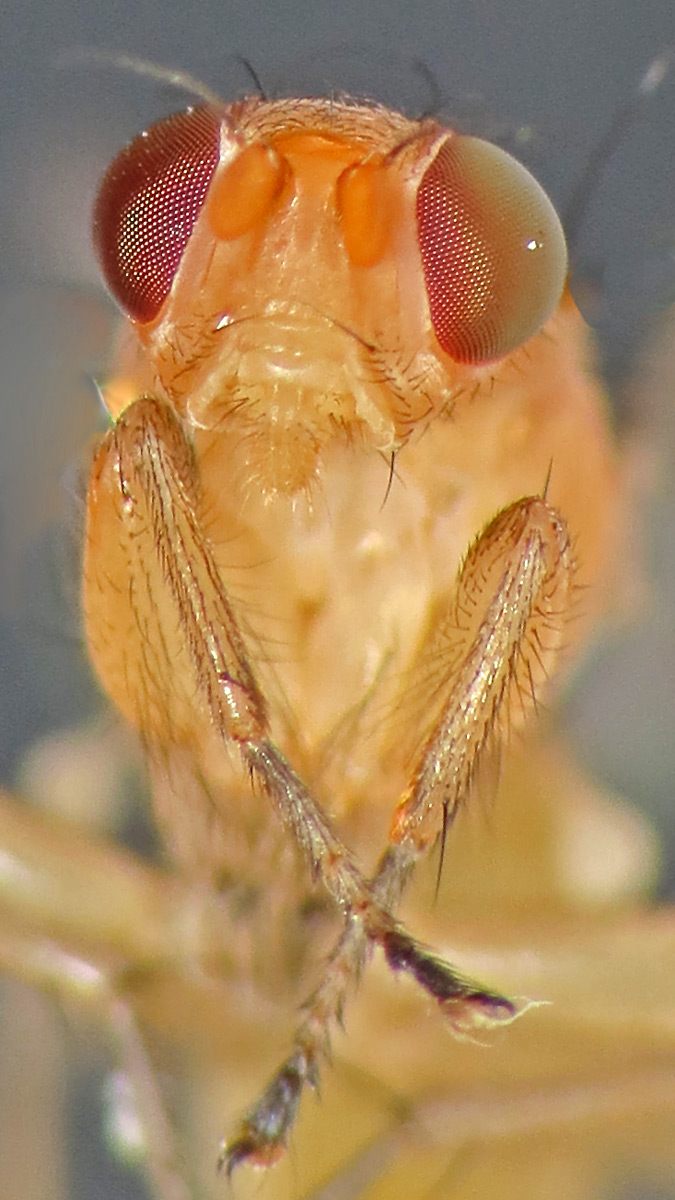 [196.73Kb] |
|
|
|
| Martin Cooper |
Posted on 30-01-2015 00:04
|
|
Member Location: Ipswich, Suffolk Posts: 628 Joined: 01.05.12 |
underside and legs
Martin Cooper attached the following image: 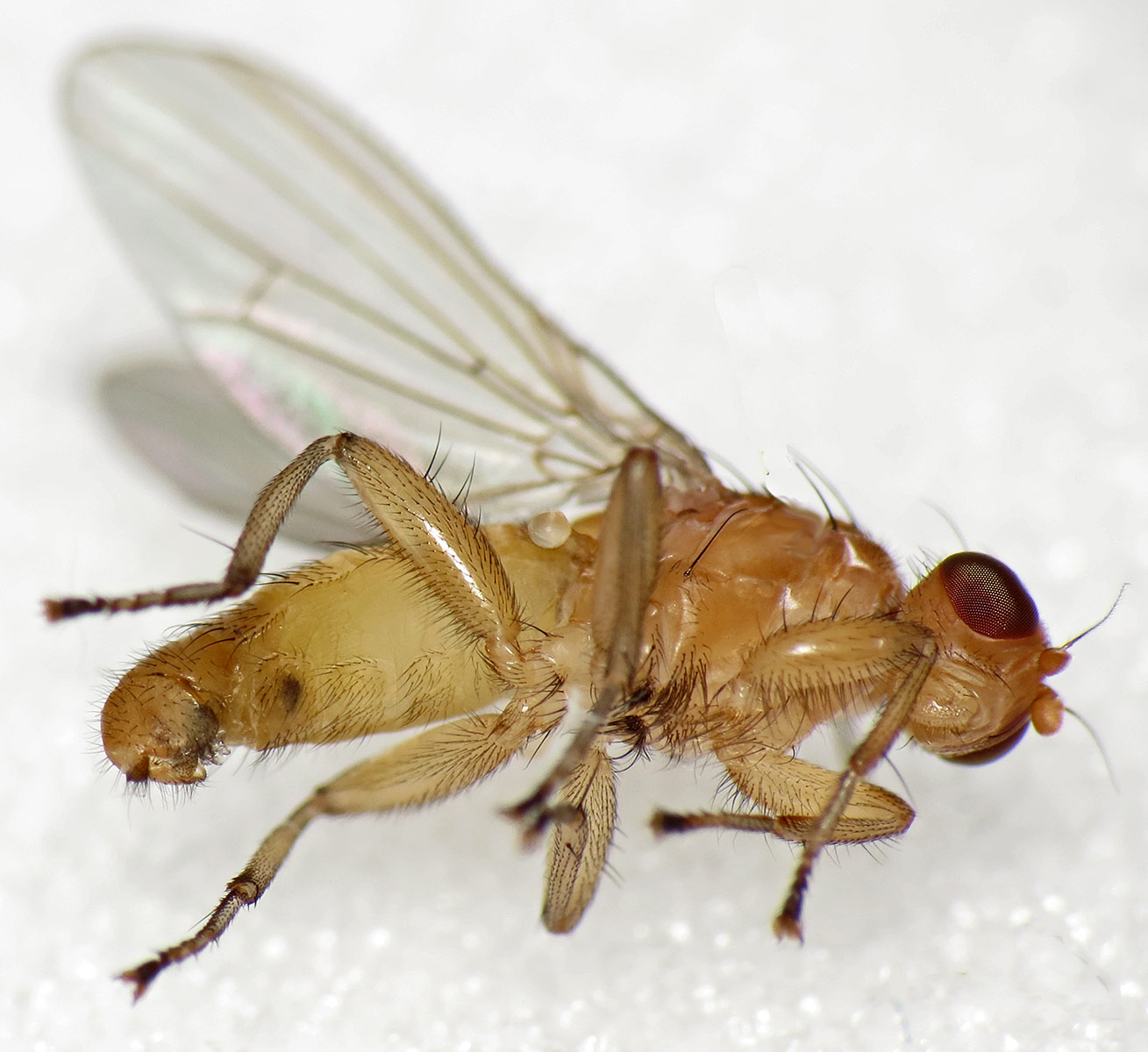 [197.6Kb] |
|
|
|
| Martin Cooper |
Posted on 30-01-2015 00:11
|
|
Member Location: Ipswich, Suffolk Posts: 628 Joined: 01.05.12 |
Unfortunately I was on away for a week and so couldn't take any more photos until 28 Jan, by which the fly was rather dried up... especially the femora that seem to have collapsed in on themselves. Here is the only shot I took. When I tried to reposition the fly to do detailed photos from a different angle part of the thorax broke away and the fly was dangling loosely from the pin. I've tried gluing on more firmly but have not tried any more photos. Please help me identify the species of this Suillia sp. If I need to prepare photos of the genitalia, please advise on the best method. Best wishes, Martin Martin Cooper attached the following image: 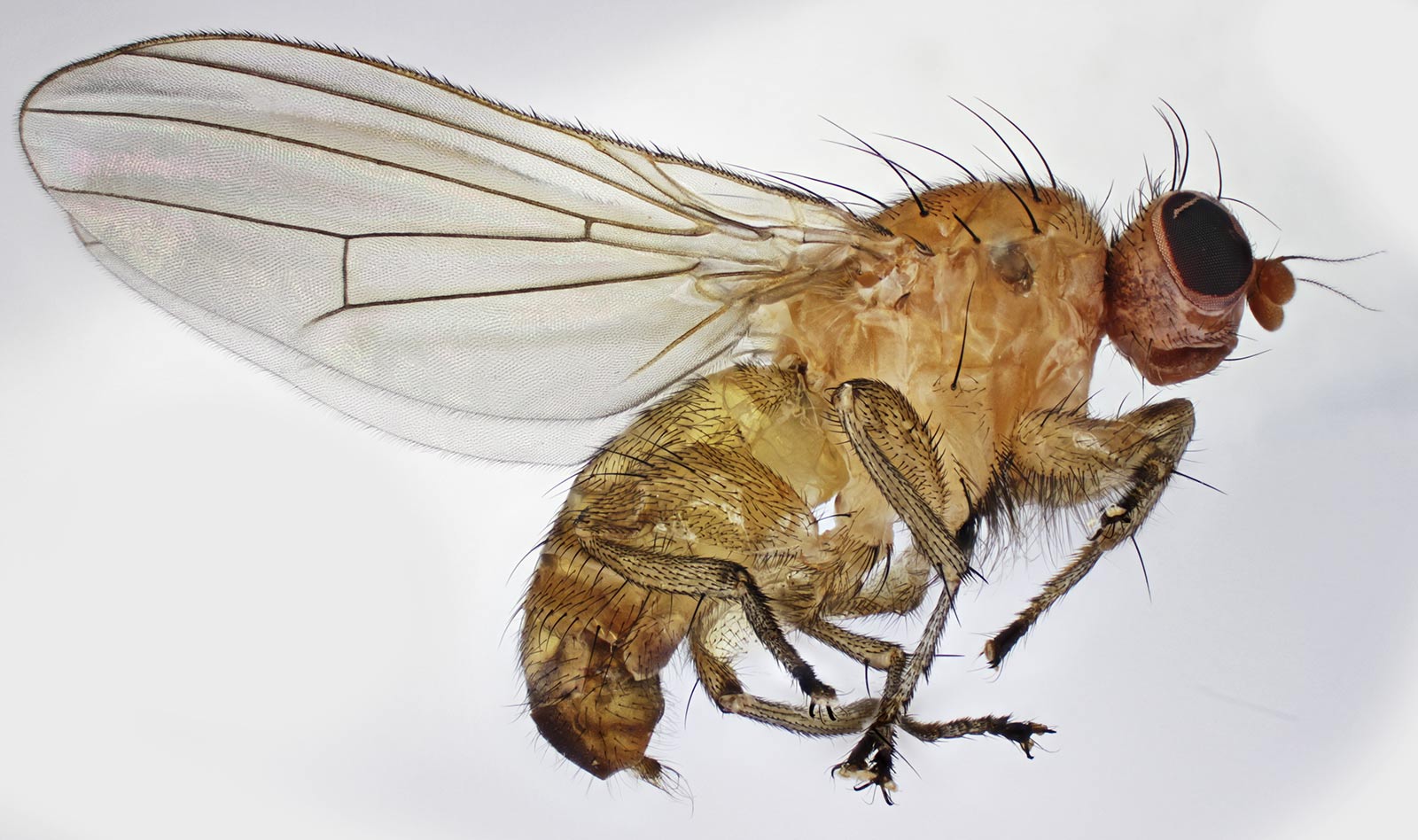 [197.92Kb] |
|
|
|
| Andrzej |
Posted on 19-02-2015 22:48
|
|
Member Location: Poland Posts: 2371 Joined: 05.01.06 |
female: Suillia sp. "A"; male: Suillia sp. "B". Next time more about the species names ...  Andrzej. Andrzej.
dr. A. J. Woznica, Institute of Environmental Biology, Wroclaw University of Environmental & Life Sciences |
|
|
|
| Andrzej |
Posted on 05-03-2015 21:34
|
|
Member Location: Poland Posts: 2371 Joined: 05.01.06 |
The male specimen (Suillia "B" belongs to Suillia bicolor. Palpus is yellowish. The female (Suillia "A" belongs to Suillia bicolor. Palpus is yellowish. The female (Suillia "A" is another species not yet recognized. is another species not yet recognized.The female terminalia have to be macerated ... Edited by Andrzej on 05-03-2015 21:35 dr. A. J. Woznica, Institute of Environmental Biology, Wroclaw University of Environmental & Life Sciences |
|
|
|
| Jump to Forum: |



